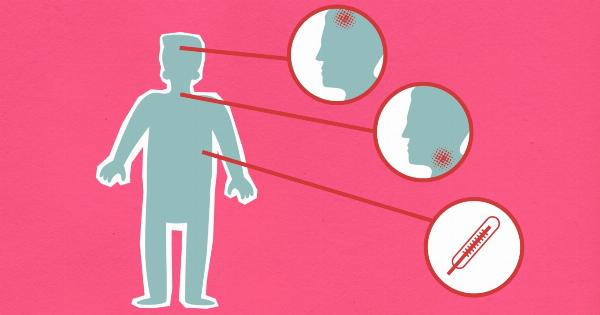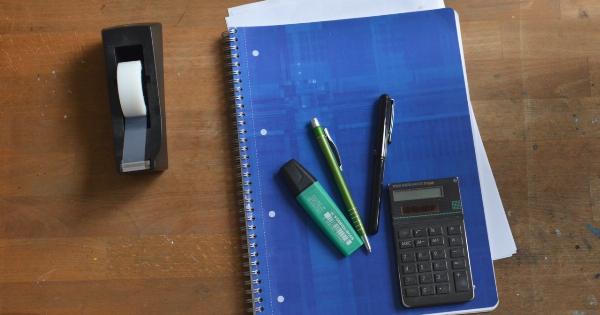Autism is a neurodevelopmental disorder that affects communication, behavior, and social interaction. One of the challenges that individuals with autism face is issues with empathy. Empathy is the ability to understand and feel the emotions of others.
For individuals with autism, understanding and expressing emotions can be challenging. However, recent studies show that hugging can have significant benefits for individuals with autism.
The Science of Hugging
Hugging is a form of touch that involves pressing one’s body against another person’s body.
Hugging can release a hormone called oxytocin, which is also known as the “love hormone.” Oxytocin is produced in the hypothalamus and is released by the pituitary gland. This hormone has a range of positive effects on the body, including reducing stress levels and increasing feelings of happiness.
Research has shown that hugging has a significant impact on reducing stress levels. When we hug someone, our bodies release oxytocin, which can reduce the production of cortisol, a hormone associated with stress.
A study published in the journal “Comprehensive Psychology” found that hugging can reduce stress levels in individuals with autism.
Hugging and Empathy
For children and adults with autism, developing empathy can be difficult. However, research has found that hugging can help improve empathy in individuals with autism.
A study published in the “Journal of Autism and Developmental Disorders” found that hugging therapy improved empathy in children with autism. The study found that after a six-week hugging therapy program, the children were able to better recognize facial expressions and were more comfortable with physical touch.
Another study published in the “International Journal of Behavioral Development” found that hugging can improve empathy in children with autism by increasing social responsiveness.
The study found that children who received hugging therapy were more likely to engage in social behavior and had improved social skills.
Hugging Therapy
Hugging therapy is a form of therapy that involves hugging and other forms of touch. This therapy is based on the idea that touch can have significant benefits for both physical and emotional health.
Hugging therapy can be used to help individuals with autism and other disorders to improve their social skills and emotional well-being.
There are several different types of hugging therapy, including therapeutic touch, deep pressure therapy, and massage therapy. Therapeutic touch involves light touches that help to relax the body and calm the mind.
Deep pressure therapy involves the application of firm pressure to the body, which can help to reduce anxiety and promote relaxation. Massage therapy involves the manipulation of the muscles and tissues, which can help to improve circulation, reduce pain, and promote relaxation.
Hugging and Communication
Communication is an essential component of social interaction. For individuals with autism, communication can be challenging. Hugging can help to improve communication in individuals with autism by promoting social interaction and emotional expression.
Research has found that hugging can increase social interaction in children with autism. A study published in the “Journal of Autism and Developmental Disorders” found that hugging therapy improved social interaction in children with autism.
The study found that after a six-week hugging therapy program, the children were more likely to initiate social behavior and were more comfortable with physical touch.
Hugging and Sensory Integration
Sensory integration is the process by which the brain organizes and interprets sensory information from the environment. For individuals with autism, sensory integration can be challenging.
Hugging therapy can be helpful for individuals with autism who have difficulty with sensory integration.
Research has found that hugging can improve sensory integration in individuals with autism.
A study published in the “American Journal of Occupational Therapy” found that deep pressure therapy, which is a form of hugging therapy, can improve sensory integration in children with autism. The study found that after a ten-week deep pressure therapy program, the children showed improvements in their ability to integrate sensory information.
Hugging and Anxiety
Anxiety is a common challenge for individuals with autism. Hugging therapy can be helpful for individuals with autism who experience anxiety.
Research has found that hugging can reduce anxiety in individuals with autism. A study published in the journal “Comprehensive Psychology” found that hugging therapy can reduce anxiety in individuals with autism.
The study found that after a six-week hugging therapy program, the participants reported lower levels of anxiety.
Hugging and Sleep
Sleep is an essential component of overall health and well-being. For individuals with autism, sleep can be challenging. Hugging therapy can be helpful for individuals with autism who experience difficulty with sleep.
Research has found that hugging can improve sleep in individuals with autism.
A study published in the “Journal of Sleep Research” found that deep pressure therapy, which is a form of hugging therapy, can improve sleep in children with autism. The study found that after a ten-week deep pressure therapy program, the children showed improvements in their sleep patterns.
Hugging and Self-Regulation
Self-regulation is the process by which individuals manage their emotions and behaviors. For individuals with autism, self-regulation can be challenging. Hugging therapy can be helpful for individuals with autism who have difficulty with self-regulation.
Research has found that hugging can improve self-regulation in individuals with autism.
A study published in the “Journal of Bodywork and Movement Therapies” found that massage therapy, which is a form of hugging therapy, can improve self-regulation in children with autism. The study found that after a six-week massage therapy program, the children showed improvements in their ability to manage their emotions and behaviors.
Conclusion
Hugging can have significant benefits for individuals with autism. Hugging therapy can help to improve empathy, communication, sensory integration, anxiety, sleep, and self-regulation.
Hugging therapy can be a helpful tool for individuals with autism and other disorders to promote emotional well-being and social interaction.






























